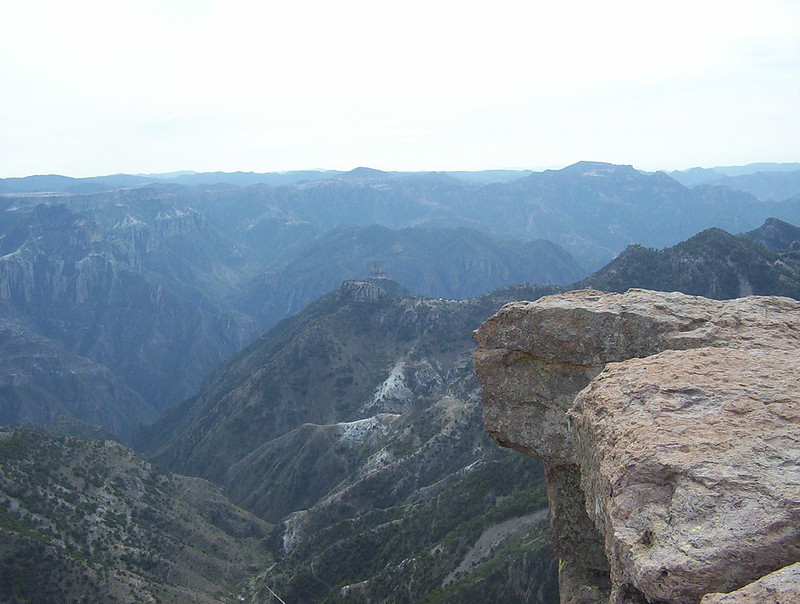Behempas is a traditional sport of the Tunjung and Benuaq Dayak tribes in East Kalimantan. Behempas is considered an extreme sport because it combines elements of art and martial arts, where two adult men face off and hit each other with rattan sticks on the back of their opponent’s body. To this day, Behempas is still held during traditional events in East Kalimantan, such as during the Erau traditional festival in Tenggarong and the Dahau Festival in West Kutai.
History of Behempas
Behempas comes from the word “bimpas,” which means “to hit each other” or “duel.” The history of the emergence and development of the traditional sport of Behempas coincides with the Kwangkey death ceremony among the Tunjung and Benuaq Dayak tribes. In the belief of the Tunjung and Benua tribes, Kwangkey was first held in Temukng Mengkolop. At that time, during the Kwangkey ceremony, various activities such as Behempas, smudging faces with charcoal, throwing stale rice, and tossing fireballs in open places at night were performed by young men. All these games were conducted to enhance the chivalrous spirit and bravery of the youth, as well as to entertain the spirits of the deceased in the realm of the dead. Over time, Behempas was only held during Kwangkey, and now it is also conducted during other traditional ceremonies.
Equipment Used
There are several mandatory items used in Behempas, such as:
- Saloko: A shield made of rattan, rectangular in shape but wider at the sides, used to protect the back of the player’s body from the opponent’s rattan strikes. Generally, the size of the Saloko is about 94 to 95 centimeters in length and 45 to 50 centimeters in width.
- Balut or Gloves: Usually made from the fibers of Teyak wood, ahak wood, or piduk wood. The fibers are processed into gloves, which the Dayak refer to as Jomok, hence the term Balut Jomok. Balut serves as a barrier against the opponent’s rattan strikes to the hand. It is only used on the right hand that holds the rattan, with a size of 70 centimeters in length and 17 centimeters in width.
- Gai or Rattan: Functions as the weapon used to strike the opponent. The Gai is tied to the palm of the hand and inserted into the Balut. In addition to being a striking tool, the Gai also serves as a blocker against the opponent’s blows. The rattan used is typically 85 centimeters long and 1 centimeter in diameter.
- Ketopong or Destar: A hat made to withstand attacks from opponents targeting the top of the head. It is made from Teyak wood and is tied on the player’s head, measuring 50 centimeters in width and 160 centimeters in length.
- Tengkakng: An item used to shield against attacks aimed at the lower body and abdomen. Made from Teyak wood, Tengkakng is wrapped around the player’s waist, measuring 100 centimeters in length and 60 centimeters in width.
Behempas Rules
The rules of Behempas can be divided into two parts: allowed strikes and prohibited strikes.
Allowed Strikes
If the weapon is held in the right hand, the strike must be directed toward the left side and the back of the opponent. If the rattan is held in the left hand, the strike should be directed to the right side and the back of the opponent. There is also a strike called Ngadonekng, which is aimed at the upper head from the right to the left towards the back of the opponent, and Metik, which is a strike from above the opponent using the end of the rattan.
Prohibited Strikes
These include Nepok, which is a strike parallel to the saloko targeting the opponent’s waist; Nyilut, a strike from the left bottom to the upper abdomen, chest, and left side of the opponent; Mobok, a strike aimed at the upper head of the opponent; and Merangkakng, which targets the opponent’s eyes, chest, abdomen, and genitals.
Value of the Game
The sport of Behempas contains high value and benefits. These benefits can be seen in every activity, starting from the training that is regularly conducted by Behempas enthusiasts. Training is carried out by hitting coconut fronds continuously in the morning and evening. This training aims to develop skills and a strong will.
In addition to mental and attitude training, this sport also hones agility in weapon use, which was very beneficial in the past when the Dayak tribes often engaged in inter-tribal warfare, making martial arts skills essential.

